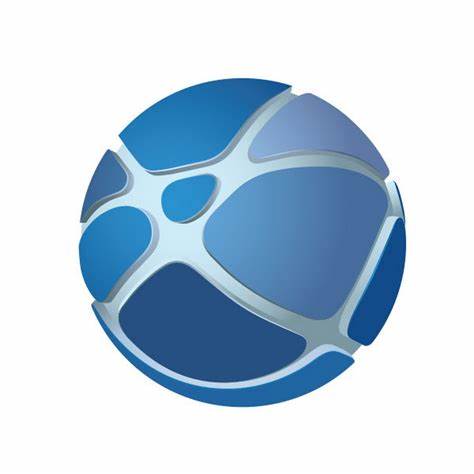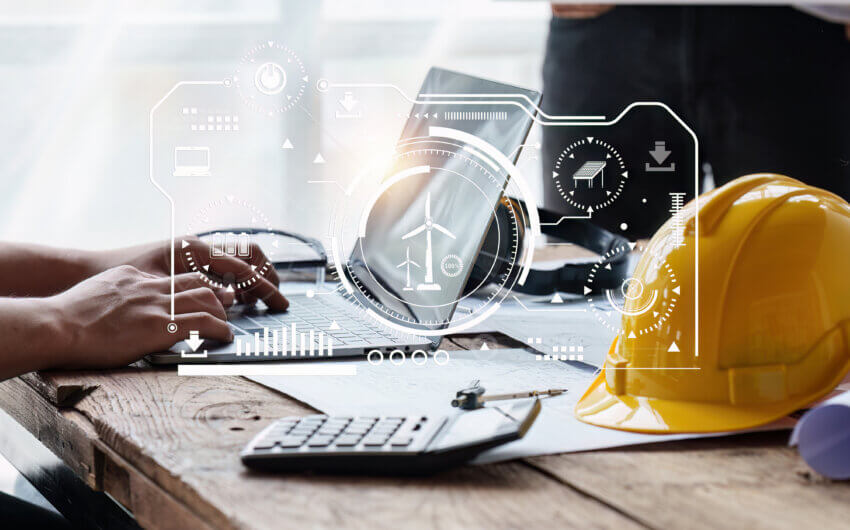If you missed our
“Demystifying Additive Manufacturing” webinar, you’re in luck because we’ve compiled a list of the questions you wished you were there to ask accompanied by answers from our additive manufacturing experts.
Meet the experts:
- Ken Burns, Technical Sales Director, Forecast 3D
- Mark Rushton, Additive Manufacturing Portfolio Manager, SOLIDWORKS
- David Tucker, 3D Printing Market Development, HP
- Jason Wright, Director of Products and Services, SolidProfessor
Q: If starting at square one with additive manufacturing, what is the initial investment someone should expect to make?

Jason: To start, expect to make a small time investment. You’ll need to understand the process and the constraints of how to design for the additive process you plan to use and that takes some time.
David: Starting with knowledge is the best way. And how do you do that? Join communities, read about case studies, talk to people inside the AM network to understand what’s possible. There are constraints, and those constraints need to be alive inside of the design, and the best way to start doing that is to start where you are, identify your goals and aspirations, and then look to fulfill those.
Ken: People often want to jump to “running” with 3D printing and they get too far ahead and have failures and don’t realize the real potential there. Start with easy applications where you can find success early on. Within organizations, once that happens, it becomes contagious and other people can see the success and start identifying new opportunities to grow from there. Jumping in and buying a half-a-million dollar machine or million dollar machine may not be the smartest move unless you have a lot of knowledge and experience and know exactly where your products are going. You should have an understanding of the different technologies and processes, and engage other companies out there to help you on that journey.
Q: Can MJF really compete with injection molding beyond the obvious parts designed for the process?

Ken: Yes, it can. You can’t simply take a part that isn’t designed for injection molding and expect it to compete apples-to-apples; it’s different. If you consider each part individually and compare the cost of each part to others, maybe it doesn’t make sense, but when you look at the product as a whole, you can see where it’s cost-effective.
It’s a different way of looking at manufacturing. If we approach it with the traditional manufacturing mindset, it’s going to be challenging. It’s a new manufacturing process and you have to realize that from the onset.
David: Injection molds aren’t free, there is a cost to them. Injection molds have always been expensive, so there are always inefficiencies with the injection mold process. When you look at project management plans, most of the time the expenses are in tooling. Although MJF doesn’t displace injection molding completely, injection molding hasn’t quite significantly reduced the barriers to innovations in product design and development.
Q: Is topology optimization a new feature in the 2017 version of SOLIDWORKS?
Mark: The current version is SOLIDWORKS 2018 and topology optimization was introduced in the simulation professional package in the 2018 release.
Q: Where do you expect the industry to be in five years? What advancements should we be keeping an eye out for?
Mark: At the moment, there is a big push in the industry for more materials. There is a distinct lack of material options compared with other manufacturing processes. There are six different materials for polymers and metals across all processes, but that is compared with hundreds of thousands of variants for traditional manufacturing. Approaches similar to HP’s open concept with regards to materials sourcing will accelerate the variety of materials available for additive manufacturing, and many 3D printing vendors have material scientists on their staff for this reason. This investment into materials is definitely going to increase the number of applications that additive manufacturing can provide for. Also, with university courses specializing in additive design and manufacturing, knowledge is becoming more widespread. The combination of these two things are really going to broaden the use of additive manufacturing.
David: On the software side there is a lot of innovation in designing for function. There are currently issues present in the topology optimization tools and the tools for process simulation to identify failures early on. There will be improved tools to help ease those processes and enhance learning. Software improvements, with respect to things like analysis, will provide hardware improvements to capabilities, controls, and costs. In the future, we will have more of “sandbox” to be able to play in and develop with.

Q: What are the changes in part reliability of 3D printing compared to traditional manufacturing and what type of standardization is happening within the industry?
Ken: Right now, we’re seeing a lot of customers come with the traditional manufacturing technologies or services viewpoint that they’ve used before. To create a basis for standardization, that would have to change and we would have to set a baseline for what reliability, consistency, yield, and all of those types of things are. There are lot of variables that can impact the parts, so it’s about understanding what we’re trying to achieve with the application, whether that’s aesthetics, mechanical properties, a combination of both service industry requirements, etc. All of those different things can change the reliability of your yield.
We are learning a lot. Today, we collect a lot of data. We’ve collected thousands and thousands of data points just in the last year. We are finding certain applications that have really high success and yield on them that are really good fits for the technology.
I think an important part about why people choose specific manufacturing processes is because they can have a certain reliability or repeatability for those geometries or applications. We need the same approach with additive technologies; understanding whether or not those parts are a good fit for the manufacturing process. Not everything will be a good fit for additive manufacturing. We shouldn’t try to push everything into that because that leads to failures and people don’t gain a sense of confidence with the technologies.
Q: With respect to designing for engineering resin molded parts, thermoplastic elastomer molded parts, and metal cast parts, is additive manufacturing economically viable for these approaches? In what quantity is the “sweet spot”?
Ken: The thermoplastics are probably the easiest to adjust right away from current processes to additive manufacturing while remaining economically viable. You’re always going to be able to find applications in any of the processes that you are doing today that are probably a good fit for one of the additive manufacturing processes, whether plastics or metals, but there will be a large portion that are not feasible yet.
One of the benefits of the HP technology is that it basically creates isotropic properties in materials. So when you are looking at other additive technologies, and you are trying to determine if it will work and it doesn’t have isotropic properties, it may not mean that it can’t be done, but it means that other considerations will have to be made for other parts.
Apples-to-apples isn’t really the case here, it’s apples and oranges. It doesn’t mean the answer is no, it just means that if you don’t start with the process of designing and producing the product with additive technology in mind, you’ll probably have challenges at the manufacturing or supply chain level to make it work.
Mark: It depends on the volume and the size of the parts you want to make. Additive manufacturing can add a lot of value to the product by being able to increase margins or the price. There’s a lot to consider beyond just the process.
Q: What is the potential for 3D printing with metal today or in the future?
Ken: 3D printing metal has actually existed for 10+ years and has really become popular in the last several years as there have been new technological breakthroughs. Today, it’s expensive and a little more complex. However, there are companies producing new systems that will probably reduce this barrier to entry. Today, the metals parts are great and a lot of companies in the healthcare and aerospace industries are using parts in production created by metal printers. Materials are growing quickly in the process. It’s a high demand technology, and is one of the fastest growing out of all of the technologies today. Parts are typically more expensive, so you are looking at high value parts today, but that will probably change a lot in the next five to ten years.
Q: Is there any room for artificial intelligence in designing for 3D printing?
Mark: There is most definitely room for AI and machine learning in 3D printing, both in the design space and the manufacturing software space. There aren’t agreed on best practices for support structures, scan path strategies, design guidelines or the like as all processes and machines differ from brand to brand and even sometimes machine to machine because of environmental conditions (temperature and humidity, etc). This is where AI can help and is an area we are actively looking into to automate some design tasks.
About the Author
Elizabeth Gomes
Marketing Intern and sparkling water enthusiast



























